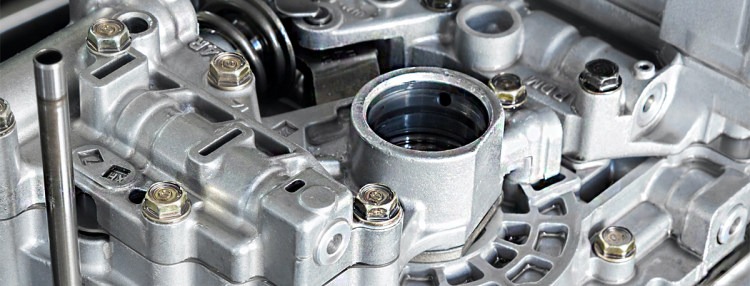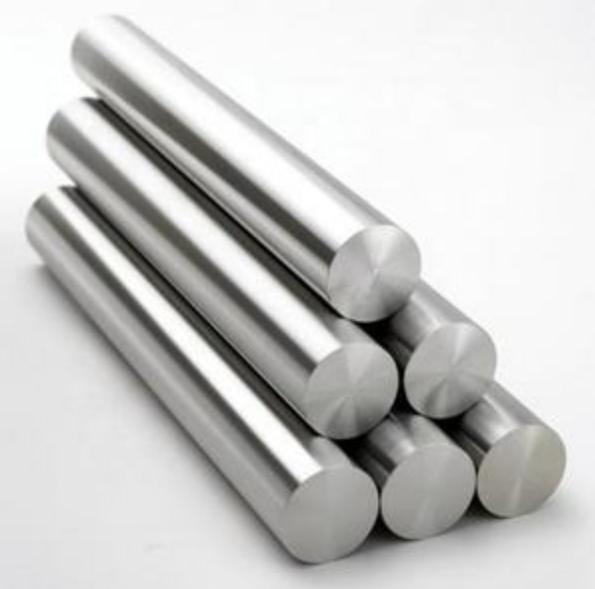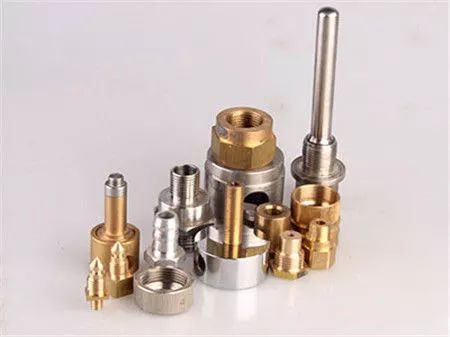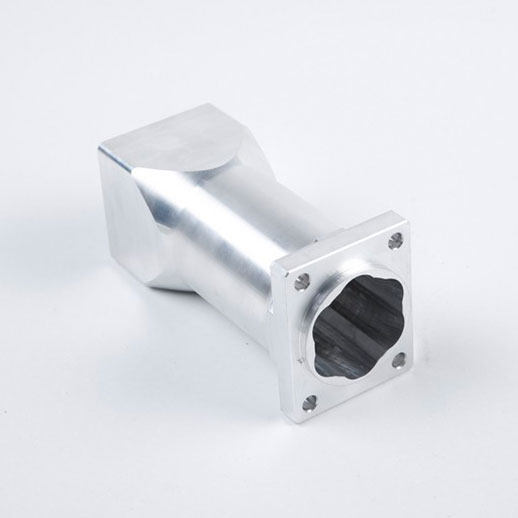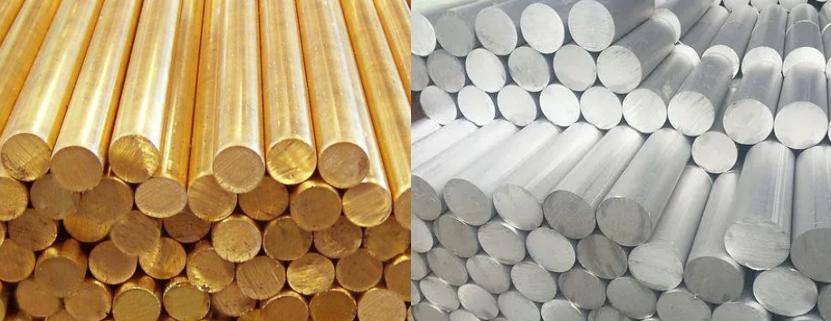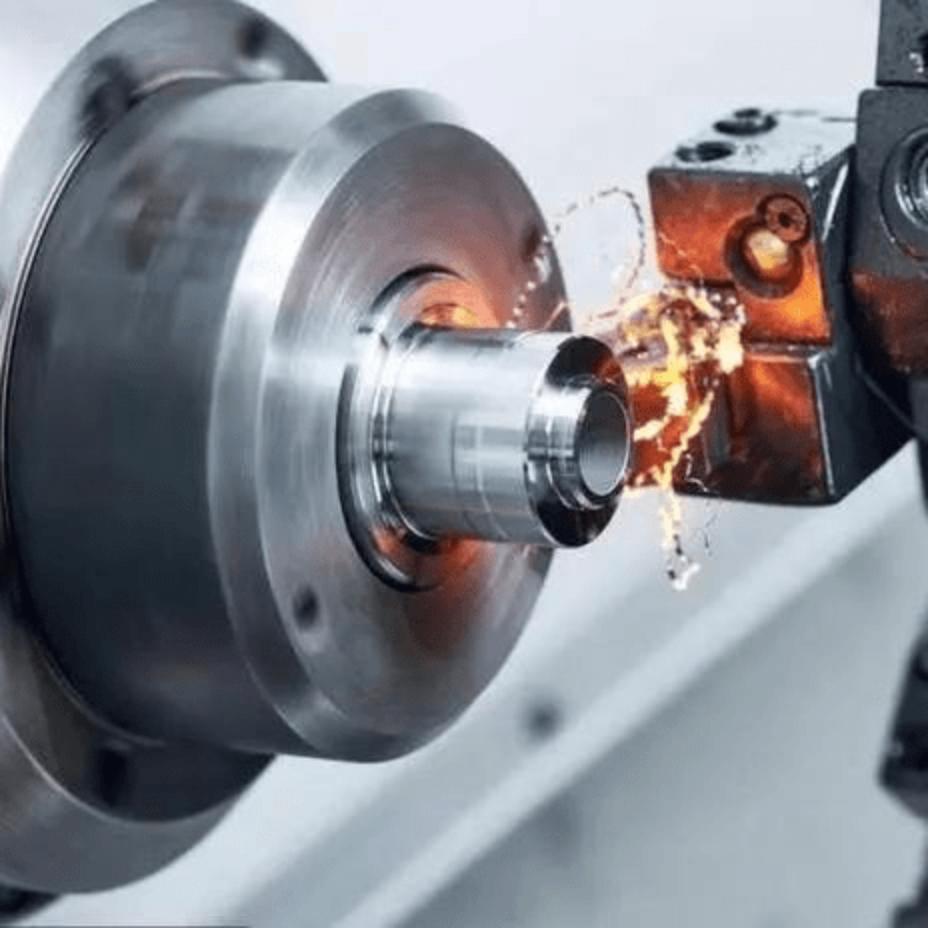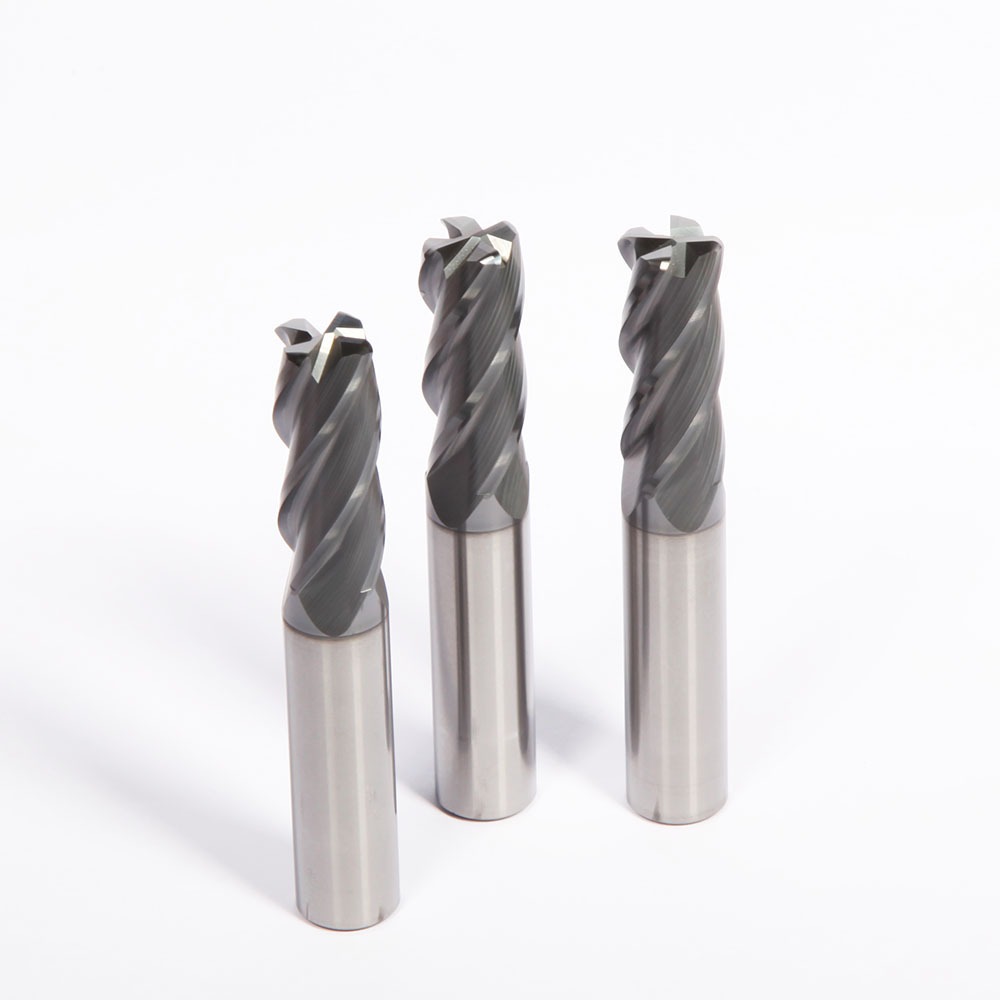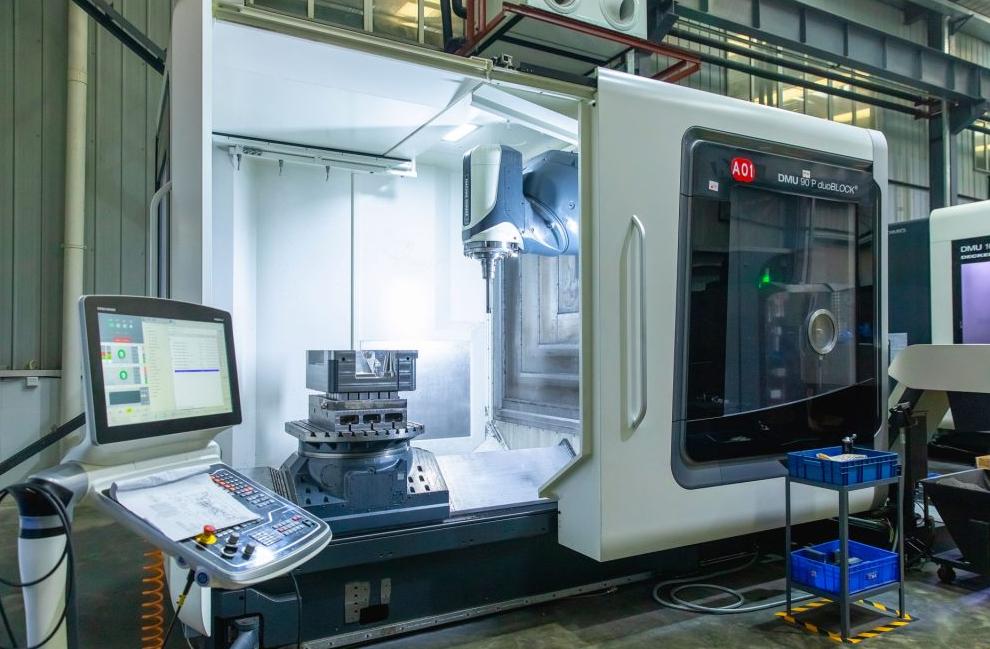A computer program controls a machine to precisely cut, shape, and drill metal, plastic, and other materials. This process is known as CNC or computer numerical control. Brass is a perfect partner for this exact process because of its excellent conductivity, machinability, and corrosion resistance. CNC machining is about efficiency and flexibility as much as precision. Hundreds of identical parts can be made with the same program, saving waste and guaranteeing consistency in quality. Furthermore, rapid tool and material changes facilitate speedy design iterations and prototyping, which makes CNC machining an ideal collaborator for innovation.
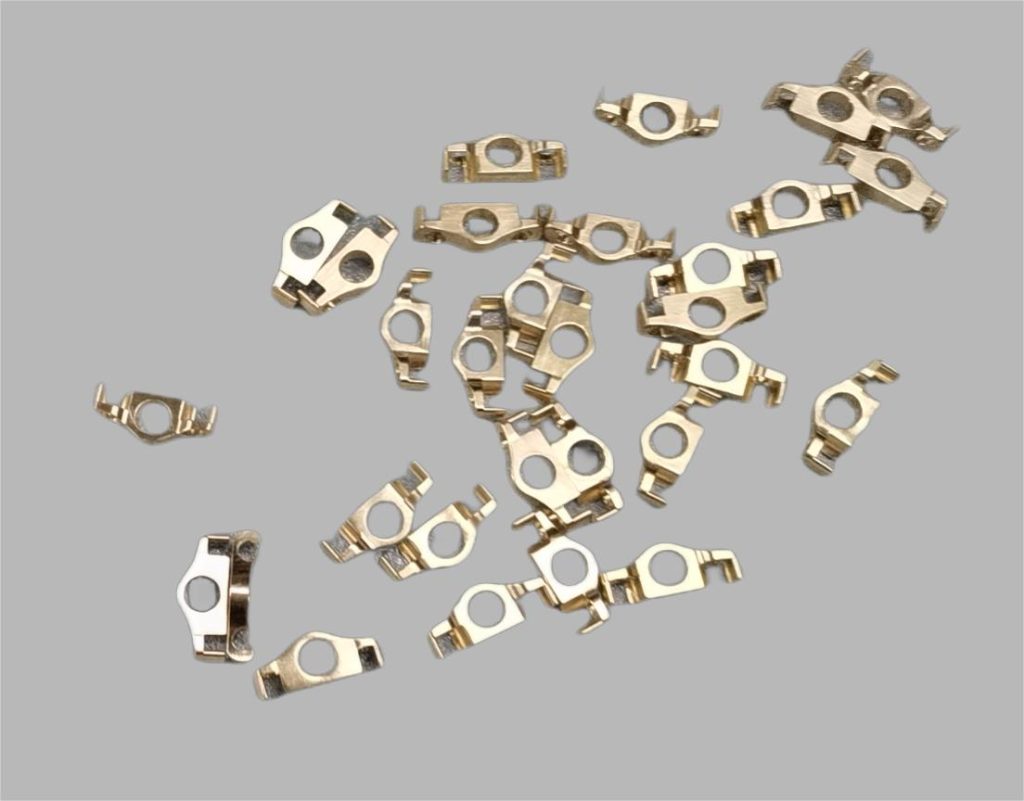
CNC Milling for Small Brass Parts
Features of CNC Milling
- Computer Control: The computer program that directs the cutting tool’s movements is the brains behind CNC milling.
- Rotating Cutting Tool: This is a rotating sculptor’s chisel, composed of a variety of materials such as diamond or carbide. With each revolution, the high-speed spinning tool chips away at the brass.
- Moving Axes: The process of sculpting is dynamic. Usually, the X, Y, and Z axes are the three axes along which the cutting tool moves. The tool can sculpt the fine details of the part because these axes regulate its movement in three dimensions.
- Beyond the Basics: The machining of intricate angles and internal features is made possible by various configurations such as the 4-axis and 5-axis, which add extra axes of movement and expand the limits of what is feasible with small brass parts.
Strengths of CNC Milling for Small Brass Parts
- Sculpting Complex Geometries: CNC milling embraces complexity, unlike some more straightforward techniques. Undercuts, grooves, internal cavities, and even small, delicate features are all easily handled by it. For parts where complex shapes meet demanding requirements, such as gears, valves, intricate connectors, and miniature medical instruments, this makes it perfect.
- Precision on a Microscopic Scale: Its precise tools and computer-controlled movements guarantee accuracy to the smallest detail, which is essential for parts that need to function flawlessly and have tight tolerances. Consider tiny watch parts or highly accurate scientific apparatus.
- Consistency is Key: Constant consistency is ensured by CNC milling. Because the machining process is repeatable, every small brass masterpiece is an exact duplicate of the first. In addition to ensuring dependable performance, this removes manufacturing headaches.
- Beyond Brute Force: Complex angles, intricate curves, and internal features that would be impossible to machine with simpler machines are now possible thanks to these advanced setups that add more axes of movement to the table.
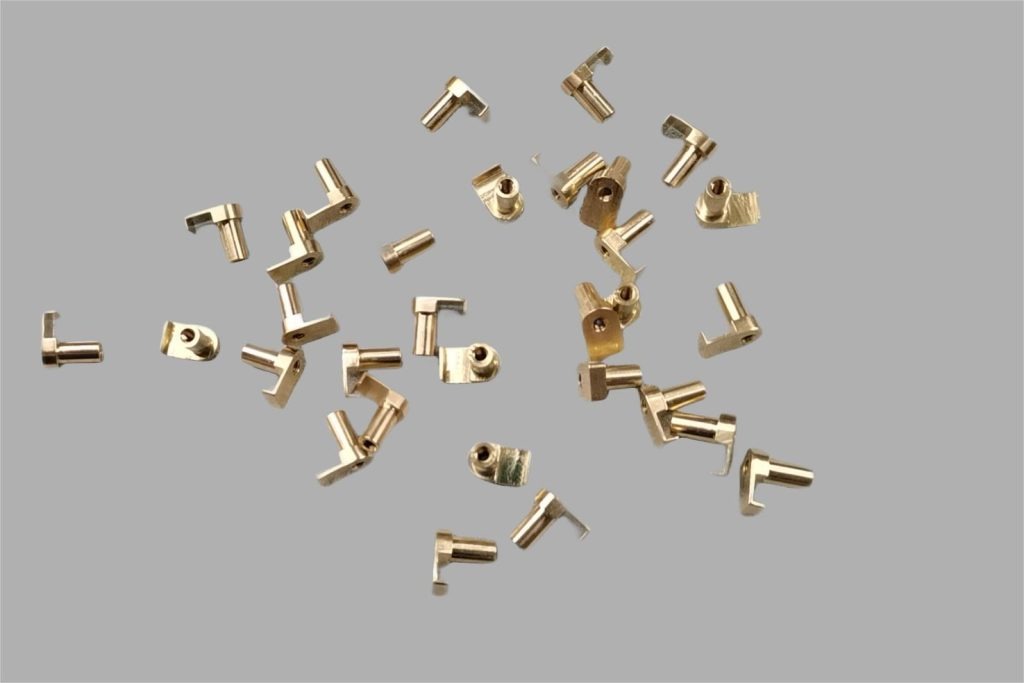
CNC Turning for Small Brass Parts
Features of CNC Turning
- Rotational Workpiece: CNC turning is all about the spin, as opposed to milling, where the workpiece stays stationary. The brass block spins at high speeds and is firmly attached to a chuck, a unique gripping tool.
- Stationary Cutting Tool: The cutting tool stays in place while the brass spins on its spindle.
- Feed and Speed: The thickness of the chips removed is determined by feed, which is the speed at which the cutting tool moves about the workpiece with each revolution. Speed is the workpiece’s rotational speed, which affects surface finish and overall efficiency.
- Axis of Movement: In contrast to milling, which uses three or more axes, CNC turning mostly uses two: the Z-axis, which controls the tool’s movement perpendicular to the rotation, and the X-axis, which controls the tool’s movement parallel to the workpiece’s axis of rotation.
Strengths of CNC Turning for Small Brass Parts
- Cylindrical Mastermind: These parts can be produced with unparalleled accuracy and repeatability thanks to CNC turning. Consistent measurements and smooth surface finishes are ensured by the harmonious operation of the stationary tool and rotating workpiece.
- Material Efficiency: Don’t waste and don’t want. By making the most of the brass block’s cylindrical shape, CNC turning reduces material waste. This reduces expenses and makes it a more sustainable option for projects that care about the environment.
- Complexity on the Curve: This is not just a technique for basic cylinders. CNC turning retains the advantages of high speed and precision while handling intricate internal features, taper shapes, grooves, and threads with the correct tools and programming.
- Consistent Quality: Consistency is ensured by CNC turning. In addition to ensuring dependable performance, this removes manufacturing headaches.
- Cost-Effective Choice: With its ability to combine high speed, low waste, and reliable quality, CNC turning is frequently more affordable for small brass parts. This makes it a good choice for tasks where staying within budget is crucial.
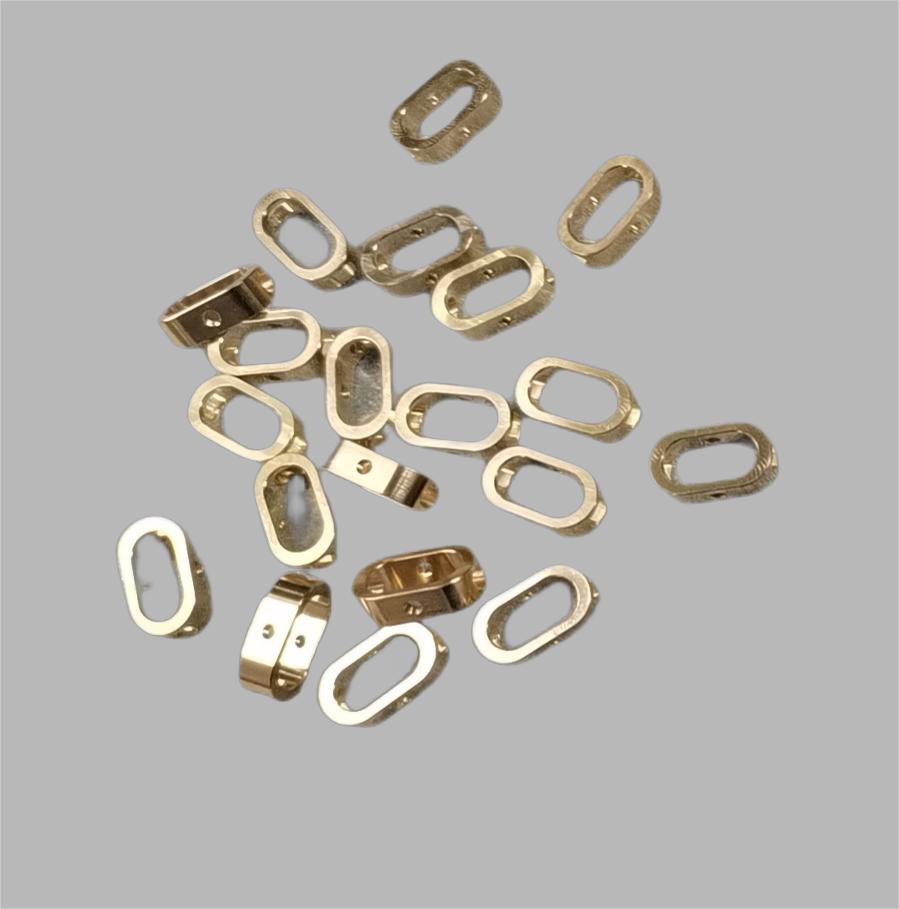
Wire EDM for Small Brass Parts
Features of Wire EDM
- The Electric Spark: An electrical discharge that is small and localized is produced when a high voltage is applied to the gap, ionizing the nearby air.
- Controlled Vaporization: A tiny quantity of metal is melted and vaporized at the point of contact on the brass workpiece by this spark, which is like a tiny fire. Delicate features and intricate cuts are made possible by the extreme precision with which this heat removes material.
- Dielectric Dance: The cutting zone is continuously surrounded by a dielectric fluid, usually deionized water, to keep the wire from melting and to flush away the vaporized metal. This fluid ensures a regulated and effective machining process by serving as an insulator and coolant.
- CNC Choreography: The wire is more than just an inactive spark generator. It is directed by a computer-controlled CNC program that is closely monitored.
Strengths of Wire EDM for Small Brass Parts
- Microscopic Maestro of Precision: With the use of a scalpel made of electricity, wire EDM can achieve tolerances expressed in microns.
- Sculpting the Intricate: Wire EDM isn’t afraid of complexity; it can easily carve out internal details and complex geometries that would be difficult for other techniques to accomplish.
- Material Maverick: Wire EDM is a truly versatile artist in the world of machining, handling hardened steel, exotic alloys, and even brittle materials with grace.
- Stress-Free Serenity: The localized heat produced by wire EDM reduces workpiece stress and distortion in contrast to other methods that use brute force. This delicate touch is essential to maintaining the delicate quality of thin and delicate brass parts.
- Surface Splendor: Wire EDM often leaves a polished, smooth finish and saves time and money by removing the need for extra finishing steps. Your little brass masterpiece is made even more functional and aesthetically pleasing by this immaculate surface.
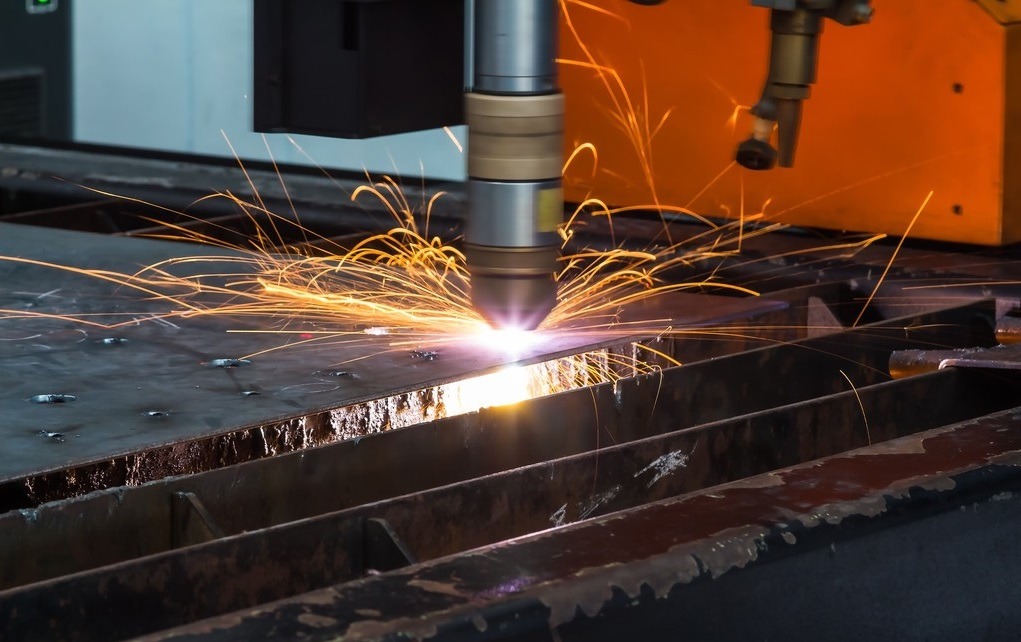
Conclusion
It takes more research to determine a partner’s suitability and strengths in the dynamic world of CNC machining before selecting the ideal one for your small brass masterpiece. Milling is incredibly versatile; it can handle both simple shapes and intricate geometries with equal ease. With its unwavering precision, turning produces cylindrical wonders like shafts and bushings, making it the process of choice for speed and consistency. It is economical for high-volume production due to its minimal waste and adaptability. As the maestro of the intricate, Wire EDM uses its electric spark to sculpt delicate features and intricate shapes with unparalleled precision. Keep in mind that contacting experts in CNC machining is important. With their experience, you can be sure that the technique will meet all of the requirements of your project and turn your vision into a miniature brass masterpiece.



